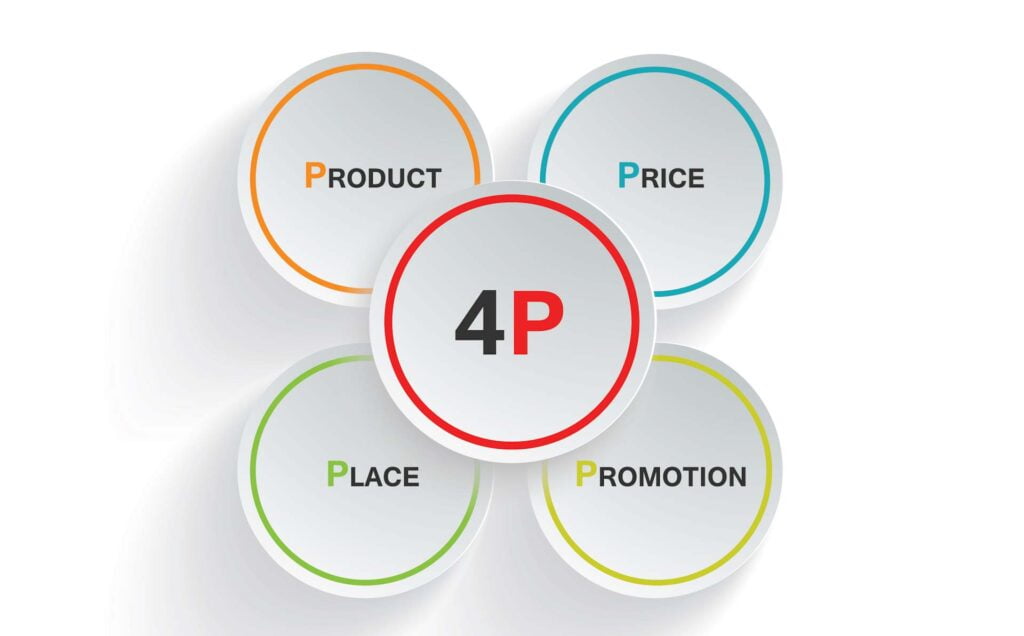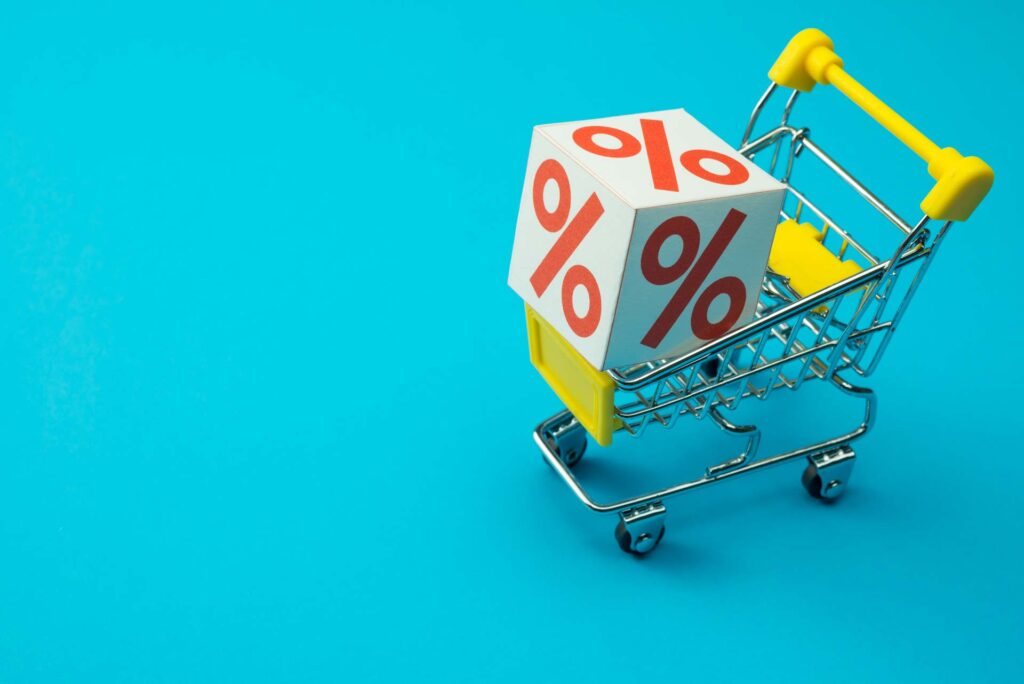
Most organizations and small businesses are still grappling with the devastating effects of the COVID-19 pandemic. Companies have come to accept that world of business has transformed significantly. Most B2B organizations have been challenged to rethink and reassess their workforce and marketing strategies.
For any company, marketing sits center stage. The biggest challenge now is foreseeing customer behavior change. In other words, it has become difficult to know how the customer’s wants, needs, expectations, and purchasing decisions will evolve. The thing is, the basic model of marketing, termed as the marketing mix (or 4Ps), no longer plays a central role in the new world of COVID.
That’s why the leadership needs to reassess and readjust their marketing strategies to not only ensure the survival of the business but also boost productivity and profitability.
How the Pandemic Affected Marketing Strategies
Anne-Marie Slaughter, President of the New American Foundation summarizes the effects of COVID best:
The coronavirus, and its economic and social fallout, is a time machine to the future. Changes that many of us predicted would happen over decades are instead taking place in the span of weeks.
As you can imagine, the shift to a remote working environment was rapid, unexpected, and challenging. Even so, the setup turned out to be more beneficial than working on site. Business owners no longer needed to rent premises, commuting has been eliminated, work productivity increased, and employees experienced reduced stress.
However, remote operations for a business are not without challenges—the main ones being time management, team engagement and collaboration, and employee monitoring. The thing is, remote working is the new reality and it’s here to stay. Companies must formulate and implement new work from home policies if they want to compete with their rivals. Once they do, they must face the next big challenge – marketing strategies.
Adapting Your Digital Marketing Strategy for COVID-19

The fact remains that COVID-19 has drastically influenced how decisions are made, not to mention disrupted many consumer habits. The only way for businesses to know how well customers will react to prices, promotions, or new alternatives is by fully understanding consumer decision behavior.
Business owners or managers who don’t react to a major unpredicted event, such as the current one, may not get past the ‘respond‘ stage. During a crisis, a company strives to adapt to the new reality and starts to think about the path to economic recovery, which involves three stages. These are:
- Respond – businesses need to deal with the present situation and adapt to fast-changing consumer behavior to manage business continuity.
- Rebuild – businesses need to understand the required mindset shift, launch a recovery plan, and learn from other’s success. This will define how to rebuild their marketing fundamentals.
- Recovery – this phase involves reframing your business model and digital marketing practices to drive sustained growth.
You can still control your marketing mix amid the coronavirus pandemic. The best way to achieve this is by making the right decisions to adapt to consumers’ short-term needs. All the while, you’re also eyeing your long-term success. Here are some thoughts.
Product

COVID-19 affected many aspects of life, including consumer priorities. Products and services that customers considered a top priority in a pre-pandemic world may have become less useful now. On the flip side, consumers may be struggling to access your products as out-of-home marketing has become almost obsolete. This calls for a strong digital marketing strategy.
A change in consumer habits is driven by a change in the context of decision-making. With social distancing and stay-at-home orders in place, purchase decisions ceased to be habitual and have become more deliberate. For example, if a customer is concerned that a product will run out of stock, they will buy the products regardless of the brand.
That’s why understanding how the pandemic might have changed the customer’s mindset is crucial in restructuring your marketing mix. The big question now is, “Will brand-loyal customers who switched to other brands due to limited stock or lack of access eventually return?”
Now is the best opportunity for brands to reinforce the positive behaviors or disrupt the unfavorable ones. For instance, do you develop a new product, repackage the existing product, or offer the same item to a new audience? On top of that, you need to come up with new ideas that will guide or influence new habits post-COVID.
Reassessing your product offer will help you devise new growth strategies and increase productivity.
Place
Between 2020 and 2021, we’ve seen a surge in online shopping and social media consumption. Your strongest strategy now is to make being found easy. For several months, businesses were forced to shut down as orders to social distance took effect. Now that the virus is under control, businesses have started to reopen.
While some will re-open physical locations, others will continue operating online. For virtual businesses, it’s crucial to inform customers about where, when, and how to find your products and services.
That’s where transitioning to e-commerce platforms comes in. Digital marketing has streamlined transactions, and for the most part, it has been a huge success for businesses. With face-to-face sales out of the question, companies have had to resort to alternatives like video conferencing. Thanks to technology, the creation of videos and animations that convey the quality of a product or service can now be accomplished more effectively using an online video editor and animation tools.
For sustainable growth, understanding the buyer’s journey is crucial. This includes updating the websites, creating new content, posting ads, and engaging customers on social media. Businesses that will excel in these areas are those that have already adjusted to remote working.
With a distributed team, you have access to a diverse talent pool from all over the world. You can invest your marketing budget in a small team that will handle content delivery, ad creation, webinars, and posting of videos on social media.
Your primary goal is to prove to your consumers that you’re the right company or brand that will meet their demands. Managing a remote team is your best move to boost your company’s revenue while reducing overhead costs.
Pricing

The difficult economic times caused by the pandemic led to less spending power, hence a change in buying behavior. Most businesses experienced a decline in demand for their products and services. With customers now more conscious of the choices they make, pricing is more complex.
Businesses and brands need to reassess their pricing strategy. Some of the questions business leaders need to be asking themselves include:
- What can we do to adjust pricing to keep our offer attractive?
- How do we adapt our brand, product, or service to meet our customer demands?
- Should we increase the volume and reduce the price or should we offer discounts?
- Will moving to a wholesale pricing model be more viable, given the situation?
Meanwhile, as a business owner, you need to explore other avenues to help you achieve your goals like increasing profit or revenue. For instance, can a price increase be sustained and justified for ‘hot’ products that are in high demand? You don’t want to send the wrong signals to customers that you’re exploiting them.
Some of the creative approaches that companies are implementing include:
- Bundle-pricing to boost sales
- Removing or reducing shipping fees to influence customers purchasing decision
- Extending free trials and revising cancellation terms
Promotion

Your approach now is to find ways to reinforce brand loyalty. We live in a new world and traditional promotion methods may not work in the current environment. Consumers may change the way they seek information about your products and services. Moreover, they may not connect with the message the way they used to.
You will need to find ways to tap into consumer psychology to build trust. You must show your consumers that you understand their needs by using a supporting tone of voice. This is especially true when sending out emails. Place yourself in the customer’s shoes and think about what you’d want to hear in such a situation. This will help you use the appropriate language.
You can also study what other businesses are doing (or not doing) to get inspiration on what marketing tactics you can improve. Remember, understanding how your competitors position themselves before and after a crisis can help you learn how to tweak some of your strategies. After all, your competitors are responding to the same challenges as you for the same target. Their actions can provide a lot of insight into your advertising approach.
Most importantly, learn to listen to your customer’s voice. Pay attention to what they are saying and where they are saying it. Then, find ways to incorporate the information into your promotion strategies.
Invest More in Your Staff
In everything you do, your staff plays a vital role in the success of your business. For your firm to grow, it’s crucial to hone your employees’ sales techniques. To achieve this, you can enroll your remote team in a course to help them learn new skills like telesales that will replace the traditional channels. Other skills like how to land sales, retain customers, and sustain business growth can also be vital.
Since you’re focusing on e-commerce, don’t be afraid to ask your customers and clients for testimonials. This is a great digital marketing strategy that will increase your authenticity to new clients.
Additionally, keeping your remote employees motivated, incentivised, and customer-focused will in turn lead to customer satisfaction and increased sales.

Speaking of motivating your remote workers, one effective tactic is to use a team management tool like Traqq. It comes with features to help you track performance, on a team and individual level. You can review a summary of their performance in relation to their productivity over a specific period.
This insight can be used as a basis to reward the best performing employees. As a company, one of your primary goals is to ensure consistent team productivity. With Traqq, team assessment is easy because the timesheets can quickly point out areas of weakness.
Traqq is also an employee monitoring tool. It encourages transparency between the employer and remote employees as well as amongst team members. Additionally, employee monitoring lets you check on the progress of projects without asking them directly. Plus, it keeps employees compliant with the working regulations.
Furthermore, to ensure the success of your remote business, you don’t want to overwork your remote workers. Traqq makes sure of this by letting you effectively managing the team workload. This way, assigning tasks becomes flawless, consequently improving efficiency.
